When the value of a mechanical seal is high and the conditions of its parts allow it, there is the possibility to repair it, thus significantly saving money on the system’s maintenance.
Repairing operations on mechanical seals
The operations carried out during the repairing of a mechanical seal mainly are as follows:
- Rectifying/lapping of friction faces.
- Sanitation/fabrication of metal components.
- Replacing of secondary seals.
Rectifying/lapping of friction faces in mechanical seals
Friction faces in mechanical seals usually are the most damaged parts after a certain time of use. In order to repair them, they have to regain the flatness and roughness needed for their correct functionality. That is what lapping is used for. This process consists on filing the friction faces to remove the damaged layers and restore their flatness and roughness.
There are different options of lapping that, depending on the damage on the faces, allow removing a larger amount of material and obtaining different finishes regarding roughness. To achieve that, filing plans of different materials are used, as well as abrasive fluids with different micrometer sizes.
Lapping on hard material friction faces. – If friction faces are made of hard materials such as silicon carbide or Widia and the damage is deep, it is advisable to previously carry out a rectification of the lapping, so it can remove as much damaged material as possible.
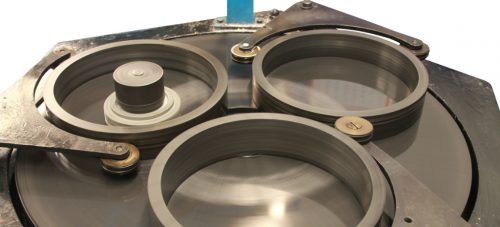
If the damage is irreversible, we can resort to an insertion process to guarantee a reduced delivery period. This process consists on the fabrication of a steel body that is later inserted by thermal interference and anaerobic resin, a ring of hard material that will work as a friction face.
Lapping on soft material friction faces. – If friction faces are made of soft materials such as graphite, antimony, PTFE or steel, it is advised to remake them from raw material solid cylinders.
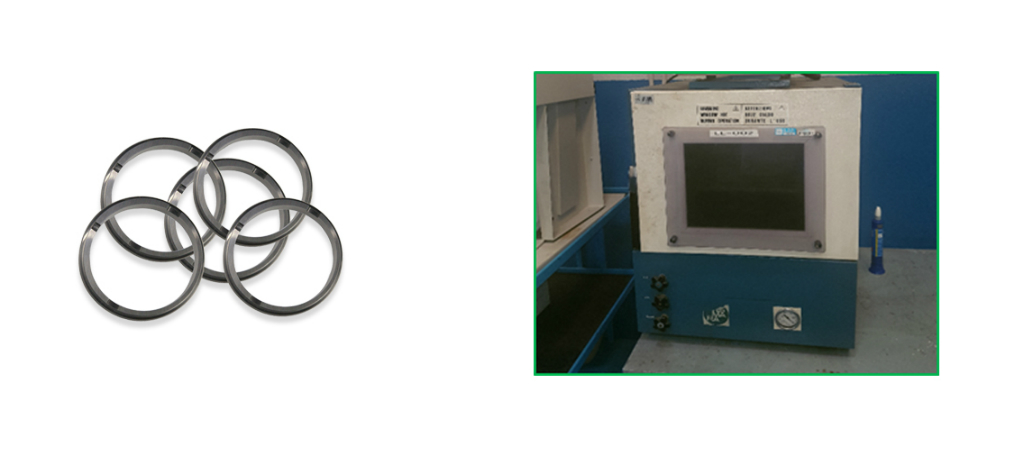
For steel friction faces, as well as for other metal components of the mechanical seal that are prone to wear, it is possible to supply a hardened superficial alloy called estellite, which is applied by welding and later mechanised for lapping.
After the lapping is finished, the flatness is checked with monochromatic light.
Sanitation/fabrication of metal components in mechanical seals
Another basic operation in repairing mechanical seals is the restoration of metal parts. For that, a thorough cleaning of the mentioned parts is carried out, applying a bath of ultrasounds and especial soaps, that intend to dissolve any residue that might be adhered or even small damages caused by corrosion.
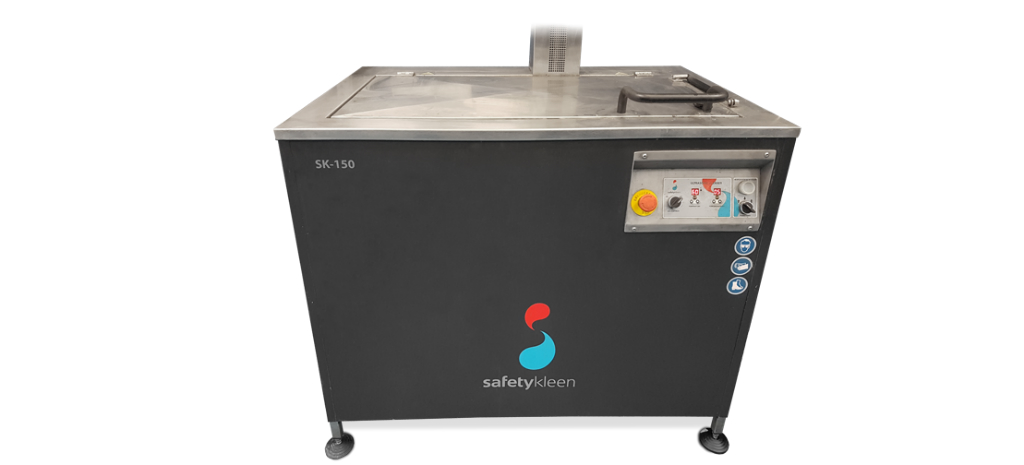
In case of deeper damages such as dents, scratches or superficial corrosion we proceed to sand the parts by projecting corundum particles with compressed air. This process makes possible: a uniform finish in the material and the opportunity to use again most of the metal components.
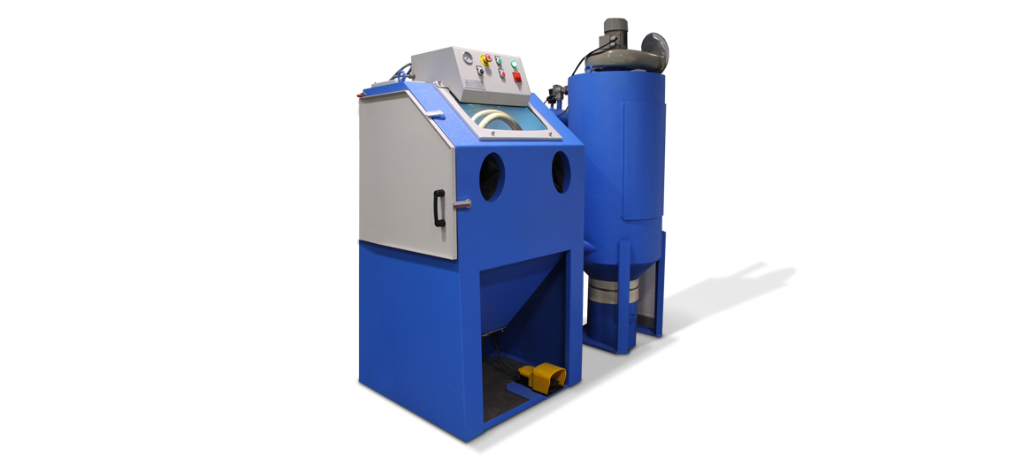
When the damage is too important, it is advisable to fabricate new parts from raw materials.
Replacement of secondary mechanical seals
The next process is the replacement of secondary mechanical seals like O-rings, flat gaskets, retaining elements, etc. Components made of the same material as the sample that is being repaired are used for that, but, on occasion, it is recommended to opt for improved materials in case important damage is detected on the original seals.
Lastly, seals must be submitted to a quality check that may include a pressure static test.
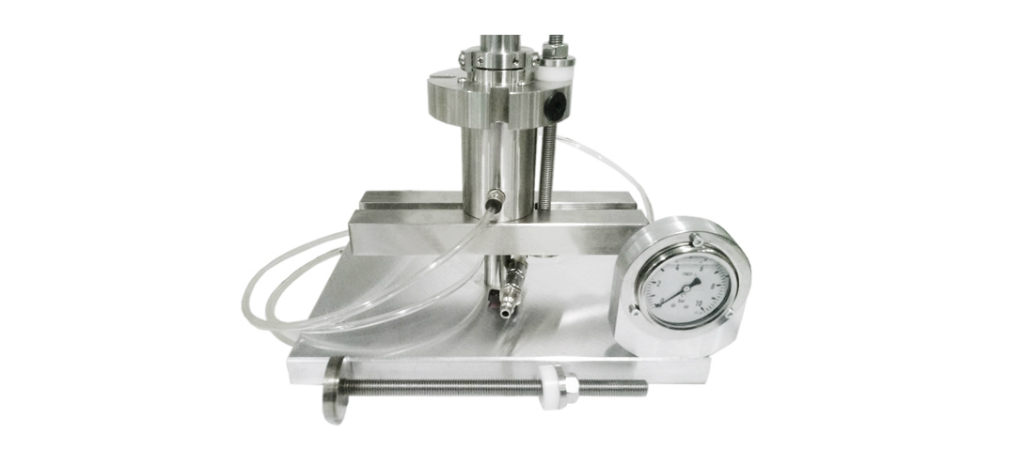
At Lidering we are experts in repairing and improving mechanical seals. If you are interested, contact us.









